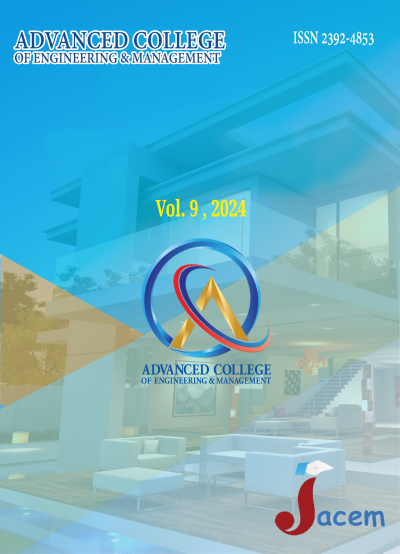Economic Feasibility of Green Hydrogen Technology in Nepal
DOI:
https://doi.org/10.3126/jacem.v9i1.71432Keywords:
Feedstock, GW, SurplusAbstract
Hydrogen is being produced in some serious quantities over the years. Hydrogen is being used in diversified field. Its use varies from industrial feedstock, heat generation, transport and mobility to the various sectors. Hydrogen being produced today, mainly are from coal gasification or steam methane reforming which requires more energy and produces a huge quantity of carbon dioxide, which is one of the major responsible gases for greenhouse effect. Green hydrogen, hydrogen produced from the electrolysis constitute a very small portion in it. Green hydrogen does not produce carbon dioxide. This method of hydrogen production if applied, helps to reduce the carbon footprints by great amount. In order to achieve the decarbonization goal, there is no any alternative to green hydrogen for energy generation in various diversified field. Nepal is expected to have about 8 GW electricity generation by the Year 2030. We should keep our focus on exploring the use of surplus electricity to make the various hydropower projects economically and financially viable. Hence, this paper gives the possible prospects of green hydrogen production and shows its feasibility in the context of Nepal. The green hydrogen plant constructed is projected to reduce carbon footprints by 2,92,45,720 kg under its operation for 15 years.
Downloads
Downloads
Published
How to Cite
Issue
Section
License
JACEM reserves the copyright for the published papers. Author will have right to use content of the published paper in part or in full for their own work.




